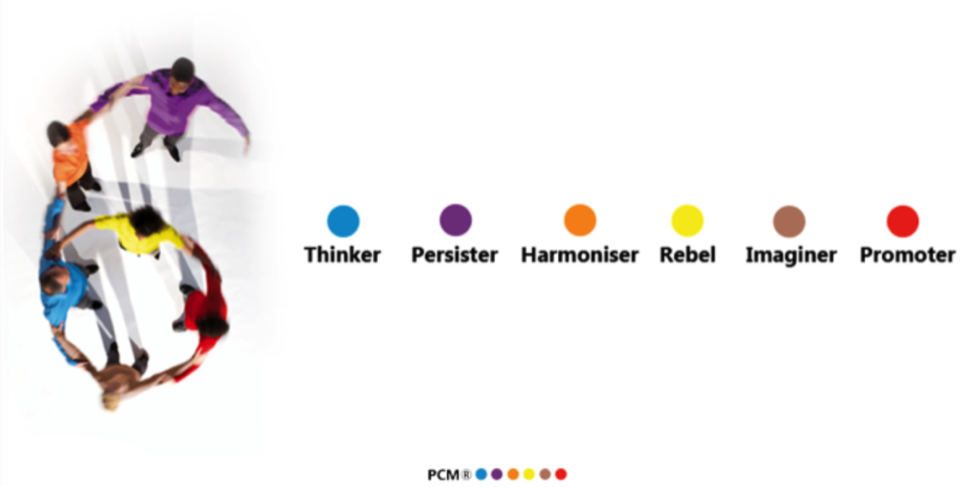
Growing up, were you a “math person?” Did you enjoy a good algorithm to solve or computing a multi-step word problem? Students as early as kindergarten classify themselves as a “math person” or on the contrary, “not a math person.” Students place themselves into these categories for a variety of reasons: past math experiences, parental influence, mindset or personality type. At MUSE school where I teach, we combine PBL with a Process Communication Model (PCM) in the classroom in order to give students different learning modalities along with communication tailored to each student’s personality. This story reflects a successful intersection of the PBL and PCM methodologies.
Math Problem: Launching a Class Business
One PCM personality type we call The Thinker processes the world around them using data and logic. Thinker brains work like computers and crave information. They tend to believe they are “math people.” Thinker students enjoy processing math equations and spitting out answers. They feel proud when they get the right answer and love recognition of their work. However, thinkers sometimes hit a bump in the road when math moves from concrete equations and computation to real-life application. I was able to see one of my thinker students, Jed (actual name withheld), hit this bump in the road in a project when my second-grade students launched a class business.
Artist Entrepreneurs
Since my students have a passion for art, we decided to launch a class business to both showcase their art and explore entrepreneurship. We put the students 100% in charge of the business. Jed loved it! He could think logically about things like production sequencing, which paper would be the most sustainable and affordable, and how the business could best budget money. The other students looked to Jed to help logically guide the company. He took great pride his quick mental computations and our perfect products.
Business Meeting Buzz
After the initial launch, we started calling math class “business meetings.” These business meetings were a way for my students to transition from number computation to application of critical thinking skills. One day I asked my students to calculate the cost of five products. A buzz filled our room and my students quickly turned to their math buddies to discuss strategies. I noticed my thinker student Jed’s wheels turning. As I walked around the room, I saw students using traditional algorithms, breaking apart numbers into more friendly numbers and drawing in their journals.
I get to Jed and notice he has nothing written. The numbers were growing bigger and were getting too difficult for Jed to compute mentally. I saw his growing distress and asked to join him at his table. Visibly frustrated, Jed said he knew he needed to add the supply costs, but didn’t know the equation. I intentionally did not give the students the equation because I wanted them to choose their own strategy for solving. I can see my decision had rattled Jed. To help him escape distress, I use his preferred communication channel, and asked him some questions to guide his thinking. I asked what numbers we are adding. He quickly rattled our supply costs back at me. I remind him of our addition strategies and asked which was his favorite. Without skipping a beat, he said he only solves problems using algorithms. So, I knew he had the information he needed and understood the process of addition. So what was the hold up? I soon realized he was worried about making a mistake when solving in his journal and wanted to guard himself from failure. I reminded him that I value his thinking and I appreciate his hard work. As I walked back around the room, I saw him pick up his pencil and begin to write in his journal.
Worst Math Lesson Ever!!
 When all the students were done we had a “strategy share.” The students love sharing their strategies on the board in their favorite color marker. I could tell Jed was not eager to share. One by one, my students shared their answers and wrote their strategies on the board. Jed chose not to share, which was totally fine. We had a great discussion and the kids were excited to have calculated such a large sum and how to spend a lot of money.
When all the students were done we had a “strategy share.” The students love sharing their strategies on the board in their favorite color marker. I could tell Jed was not eager to share. One by one, my students shared their answers and wrote their strategies on the board. Jed chose not to share, which was totally fine. We had a great discussion and the kids were excited to have calculated such a large sum and how to spend a lot of money.
On the way to lunch, I checked in with Jed. He was very quiet, still very much in distress. I asked if he enjoyed the “business meeting.” He aggressively turned and told me it was the worst math lesson ever and it was all my fault. Having dealt with thinker personality distress in my personal life for years, I was unfazed by his aggression and tone. I ask Jed what was most difficult for him. We sat down and he talked incessantly for 10 minutes without taking a breath. He logically gave me information about my lesson, my teaching style, why the numbers were so hard for him and more. When he finally paused, I shared how impressed I was by his work and his thinking. He looked at me, puzzled, dumbfounded that I was proud of him when he hadn’t even solved the problem. He began to process this new information in his little thinker brain, then gave me a grin and ran off to lunch. For Jed, the answer had always been more important than the process and he’d always had the answer.
The Business of Growth
A few weeks passed, business was booming, and our “business meetings” occurred daily. Jed grew so much in this short time. He became more open to solving problems using critical thinking strategies and application, not just mental computation. He opened up to trying new strategies beyond just his trusty algorithm. By giving Jed a real-world scenario, valuing his work, meeting his psychological needs and communicating with him in his preferred style, Jed was able to step outside of his comfort zone and grow as a learner.

